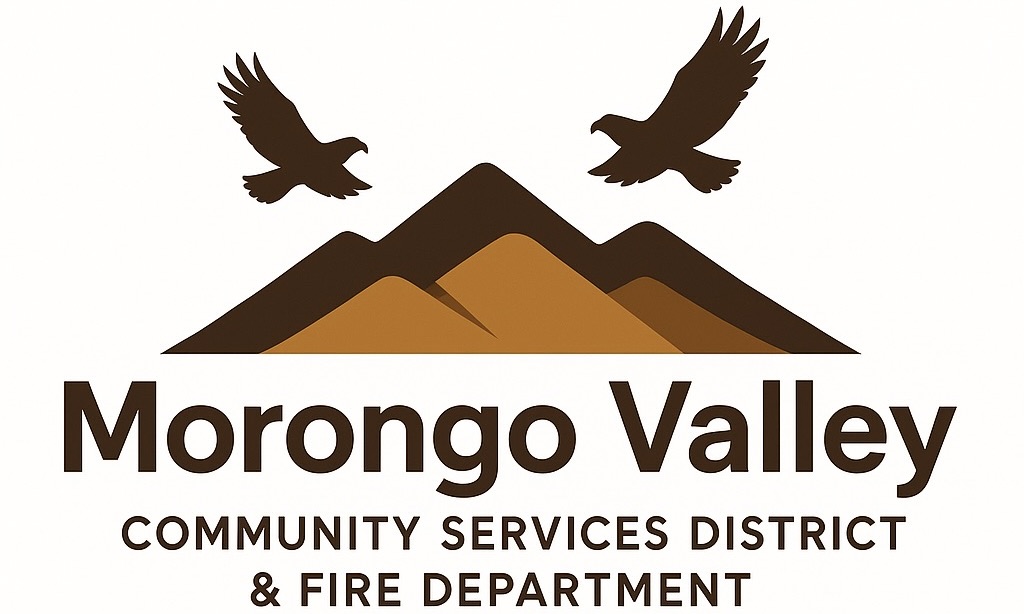Community Risk Reduction Program
The aim of fire prevention is to educate the public on how to take precautions to avoid potentially dangerous fires and to know how to survive them. This proactive approach helps prevent fire-related emergencies and reduces the damage they cause. The Morongo Valley Fire Department is responsible for implementing policies and programs that lessen the impact of emergencies and prevent or minimize the loss of life, property, and environmental damage. The Morongo Valley Fire Department will provide public education, ensure engineering compliance with the fire code during plan reviews, and enforce the fire code to achieve our goals.

Buisness Owners
The primary goal of these inspections is to address any fire and life safety issues that may exist in your business premises. Our aim is to educate and assist you in ensuring the safety of your establishment and its occupants. We understand that you have a busy schedule, so we will be contacting you to schedule an appointment at your convenience.
To schedule your inspection, please visit the following link: This form will allow you to provide us with your contact information and select a preferred date and time for the inspection. We will do our best to accommodate your schedule.
If you have any questions or need assistance with the online form, please feel free to contact us. We are here to help and ensure a smooth inspection process.
Thank you for your cooperation, and I look forward to meeting you and conducting the inspection at your business premises.
To schedule your inspection Click Here
Burn Permit ( Burn Permit are issued by San Bernardino County Fire Protection District )
You MUST obtain an open fire permit to conduct burning of residential or agricultural vegetation waste within the San Bernardino County Fire Protection District. Please use our online burn permit to obtain a permit. For further information, please contact the Office of the Fire Marshal at 909-386-8400. On behalf of your local firefighters, we appreciate your continued cooperation and support
Open Burning Status – San Bernardino County Fire Protection District (sbcfire.org)
NOTE: ALL open fires (except for fires fueled solely by natural gas or propane) must be extinguished during Red Flag or Fire Weather Watch Conditions, when local winds exceed 10 miles per hour, or when directed by Fire Department personnel.
Our mission is to protect the people of Morongo Basin and their property from the effects of catastrophic fires through education, cooperation, innovation, and action. The organization's staff helps implement projects, connect with community members, and leverage partnerships.
MBFSC is a chapter of HDEAA, a 501(c)3 non-profit organization funded by grants and community support.
HDEAA Fire Safe Council — High Desert Emergency Action Alliance
Get FREE Naloxone Nasal Spray:
High Desert Emergency Action Alliance
57353 29 Palms Hwy Suite B
Yucca Valley, CA 92284
Open Tuesdays & Thursdays. Call or email for other days or an appointment 760-853-0220.
Fire Safe Council
Smoke Alarm Program
The Morongo Basin Fire Safe Council is dedicated to eliminating preventable injuries, deaths, property damage, and loss in our community due to a lack of working smoke alarms. Did you know working smoke alarms should be in each sleeping space, in the hallway outside of bedrooms, and on every floor of the home?
Make an appointment
While we aim to serve all residents of the Morongo Basin our program prioritizes senior, disabled, at-risk, and low-income households.
Morongo Basin Smoke Alarm Program — High Desert Emergency Action Alliance (hdeaa.org)
